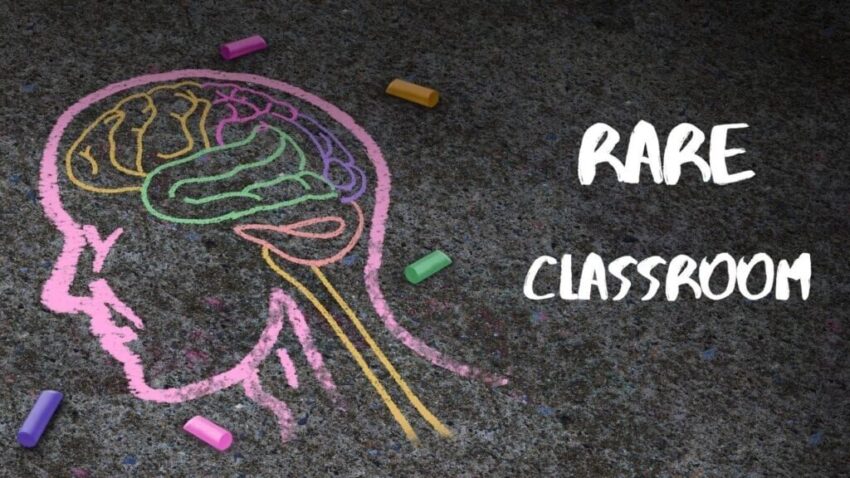Welcome to the Rare Classroom, a new series from Patient Worthy. Rare Classroom is designed for the curious reader who wants to get informed on some of the rarest, most mysterious diseases and conditions. There are thousands of rare diseases out there, but only a very small number of them have viable treatments and regularly make the news. This series is an opportunity to learn the basics about some of the diseases that almost no one hears much about or that we otherwise haven’t been able to report on very often.
Eyes front and ears open. Class is now in session.
The rare disease that we will be learning about today is:
Tethered Spinal Cord Syndrome
Sometimes called occult spinal dysraphism sequence.
What is Tethered Spinal Cord Syndrome?
- Tethered spinal cord syndrome is a group of neurological disorders that are related to spinal cord malformations
- Examples include:
- Split cord malformations
- Dermoid cysts
- Lipomeningomyelocele
- Examples include:
- These disorders are defined by pulling or stretching of the spinal cord at the base of the spinal canal
- Normally, the spinal cord hangs loosely in the spinal canal
- Tethered spinal cord syndrome can eventually lead to spinal cord damage
How Do You Get It?
- In tethered spinal cord syndrome, tissue attachments inhibit the movement of the spinal cord
- The syndrome is most closely associated with the birth defect spina bifida, particularly the form mylomeningocele
- Less commonly, tethered cord syndrome is also associated with Klippel-Feil syndrome, Chiari malformation, and Ehlers-Danlos syndrome
- There are congenital and acquired causes
- Other potential causes and risk factors include:
- Split spinal cord
- History of spinal surgery or other spinal trauma
- Spinal column lipomas
- Dermal sinus tract, a congenital malformity
- Other tumors in the spinal column
- Tight or thickened filum terminale
What Are The Symptoms?
- Symptoms in children can include:
- Abnormalities on the lower back, such as hairy patches, lesions, fatty tumors, dimples, or hemangiomas
- Urinary retention or incontinence
- Spine and foot deformities
- Scoliosis
- Leg weakness
- Changes in gait or abnormal gait, especially when running
- Lower back pain
- In some cases, diagnosis and symptoms do not occur until adulthood. Onset of symptoms in adults can include:
- Bowel control problems
- Urinary retention or incontinence
- Loss of movement and sensation in the lower limbs or feet
- Bilateral numbness and muscle weakness
- Severe pain, typically originated in the lower back and radiating to the legs, perineum, or groin
How Is It Treated?
- Early surgery is an important aspect of treatment, especially if symptoms start to progress
- Neurological deterioration is not reversible, so the earlier the better, especially in children
- The goal of surgery is to detether the spinal cord, and in adults it can restore some functionality
- Adults can also get a spine shortening surgery that reduces the tension on the spine
- Surgery is the most important treatment, and all others are symptomatic and supportive.
- Many conventional pain treatments are not particularly effective for tethered spinal cord syndrome
- Treatment in those with minor or minimal symptoms is still a matter of debate, but treatment is always recommended if they start to worsen
- With effective treatment, most patients will have normal life expectancy
Where Can I Learn More???
- Learn more about this disease from the National Organization for Rare Disorders.
- Check out our cornerstone on this disease here.



